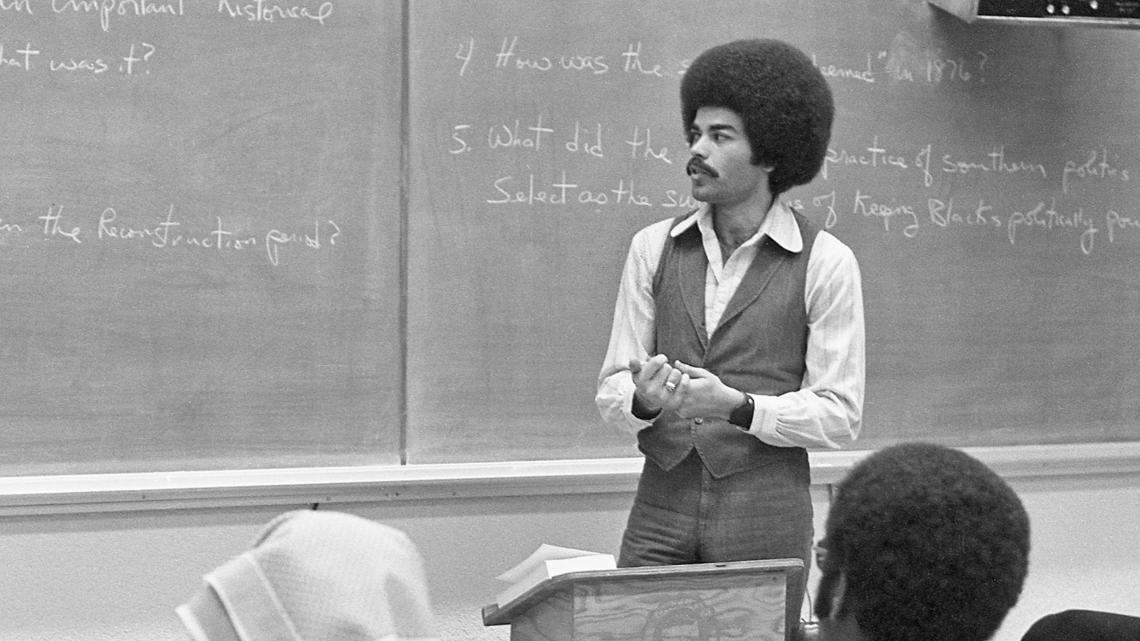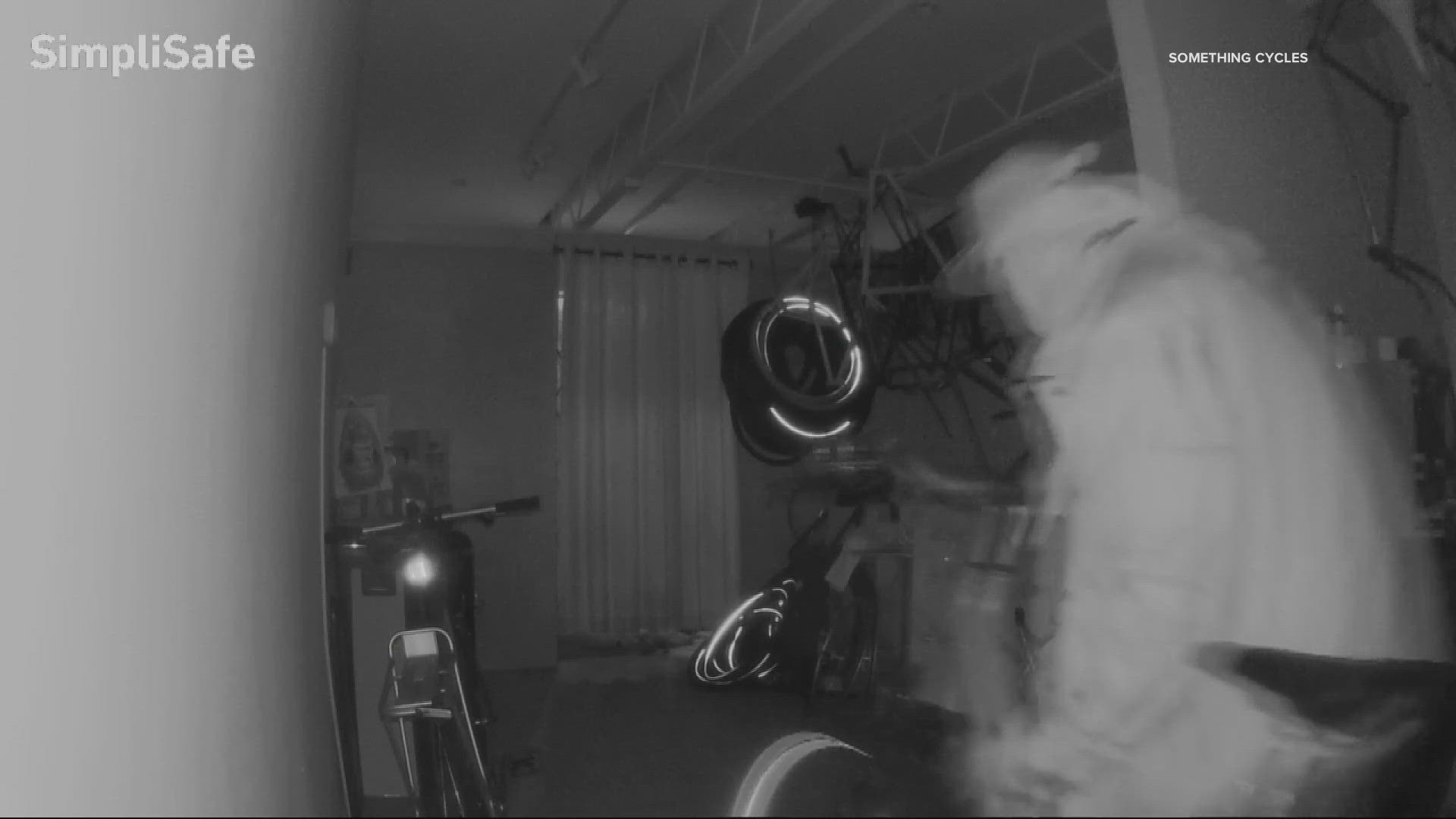PORTLAND, Ore. — Around 63 affordable homes opened in the heart of North Portland. All will be prioritized to people with generational ties to North and Northeast Portland — an area where Black families have been displaced due to urban renewal and gentrification.
The six-story building replaces a former parking lot, at 5050 North Interstate Avenue, in the Overlook neighborhood.
“This is more than just a building — it’s a symbol of our commitment to ensuring that Portland’s Black community not only survives but thrives in neighborhoods they helped build,” said Tony Hopson Sr., founder of Self Enhancement Inc., Oregon’s largest African American-led nonprofit.
This is the third affordable housing project to open by SEI and Community Development Partners in the area under the Alberta Alive initiative that is dedicated to reestablishing a Black community in North and Northeast Portland.
The majority of the homes will serve individuals and families earning up to 60% of the area median income, which is around $49,560 a year for someone living alone and $63,720 for a three-person household. Around 17 of the units will be reserved for households earning 30% or less of the area median income. Rent will range from $663 for a one-bedroom to $1,841 for a three-bedroom, depending on income level and unit size.
Currently, the median rent in the Overlook area is around $1,495 for a one-bedroom apartment and $2,795 for a three-bedroom, according to Zillow.


“This development represents hope for future generations and reminds us that our history and culture have a permanent place in this city," said Dr. Darrell Millner, who the building is named after.
Millner is a Portland State University professor whose pioneering work helped uncover the history of Black people in Oregon. He said this project "provides such vital housing for Portland’s Black community."
Under Portland's North/Northeast Preference Policy, housing applicants whose families owned property in the area that was taken via eminent domain by the city will be prioritized, as well as those who were displaced or are at risk of displacement.
The preference policy was implemented in 2015 to mitigate the impacts left behind from a series of huge public projects from freeway building to an expansion of the Legacy Emanuel hospital — that never fully happened — but still displaced predominantly Black families from a thriving community.
Currently, there are 2,822 people on the Preference Policy waitlist for rental units, the Portland Housing Bureau said.
As of the opening of the Dr. Millner Building, approximately 616 housing units have opened that are under the Preference Policy program. Two other housing projects are under construction that are expected to open in summer 2025.
“Like so many other American cities, Portland has a dark history of housing discrimination, and ‘urban renewal,’ which displaced hundreds of families out of North and Northeast Portland — most of them Black,” Portland City Commissioner Carmen Rubio said. “As an essential piece of our N/NE Housing Strategy, the Dr. Darrell Millner Building will help to address these historic wrongs and restore the thriving community that once called this neighborhood home.”
The Millner building was funded in part with $9.2 million from the Metro Regional Affordable Housing Bond and $14.7 million from Oregon Affordable Housing Tax Credits.
Along with offering housing for middle-income earners in Portland, the Millner building will also include 2,500 square feet of ground-floor commercial space, a community garden, an outdoor play area and parking. Residents will also have access to a wide range of programs through SEI, including youth services, family support and workforce development.
Correction: An earlier version of the article stated that all units will serve households earning up to 60% of the area median income.



